Game description:
Tungtung’s Nightmare begins with a familiar moment—a phone alarm reminding you it’s time for suhoor, the early morning meal during Ramadan. Instead of waking up, the character decides to sleep in, triggering a surreal sequence where the house transforms into a dim, maze-like environment. The objective is clear: collect six food items and place them on the table. But moving through the apartment is no longer simple, as an unsettling figure named Tungtung now roams the halls, watching and waiting to attack if you’re caught unprepared.
Unusual Horror Elements and Mechanics
The game uses minimal graphics and audio to create a tense atmosphere. The apartment is dark, with narrow hallways and sharp corners that limit visibility. You’re equipped with a flashlight and nothing else. Sound plays a major role—footsteps, ambient drumming, and distant knocks signal danger. The creature moves unpredictably, forcing players to memorize paths, move quickly, and stay alert. There are no cutscenes or health bars—just one task and the constant threat of failure. Success depends on timing, awareness, and quick decision-making.
Cultural Inspiration and Unique Style
Tungtung’s Nightmare draws inspiration from an Indonesian meme where those who miss suhoor are “punished” by loud wake-up calls or fictional creatures. This concept is translated into a brief but intense game where everyday habits are turned into high-stakes objectives. While the design is simple, it reflects real-world ideas about discipline and timing through exaggerated horror. It blends humor, discomfort, and urgency into a format that players can finish in minutes—but not easily forget.








































































































































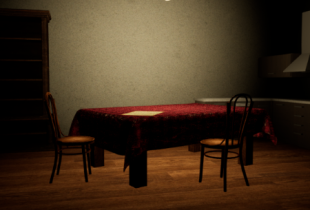
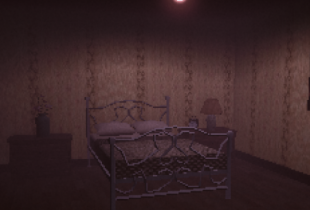




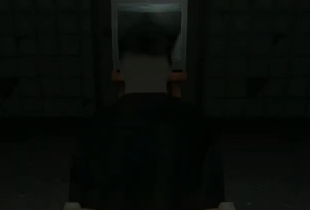
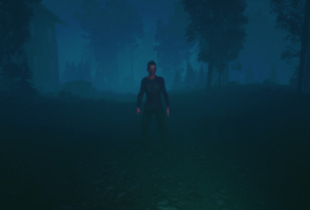

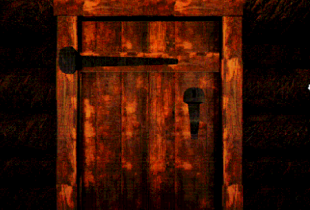
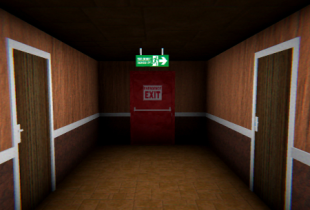



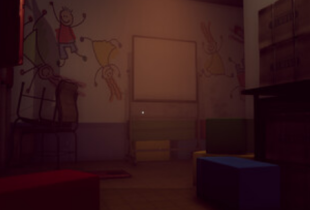

Comments